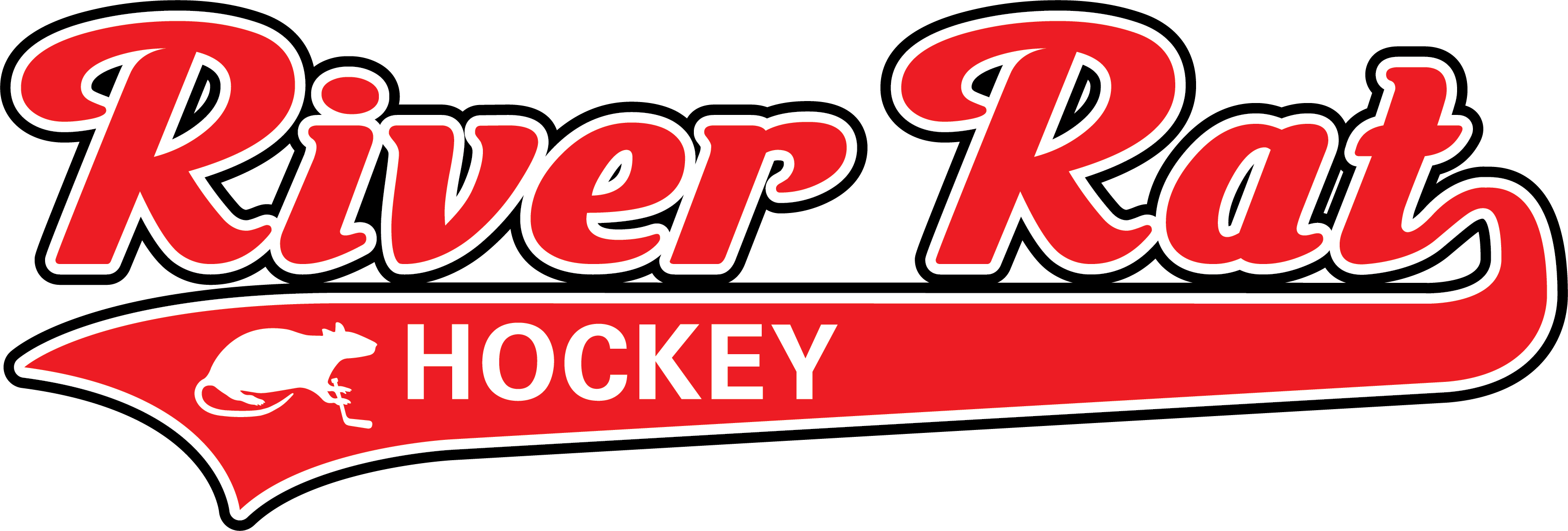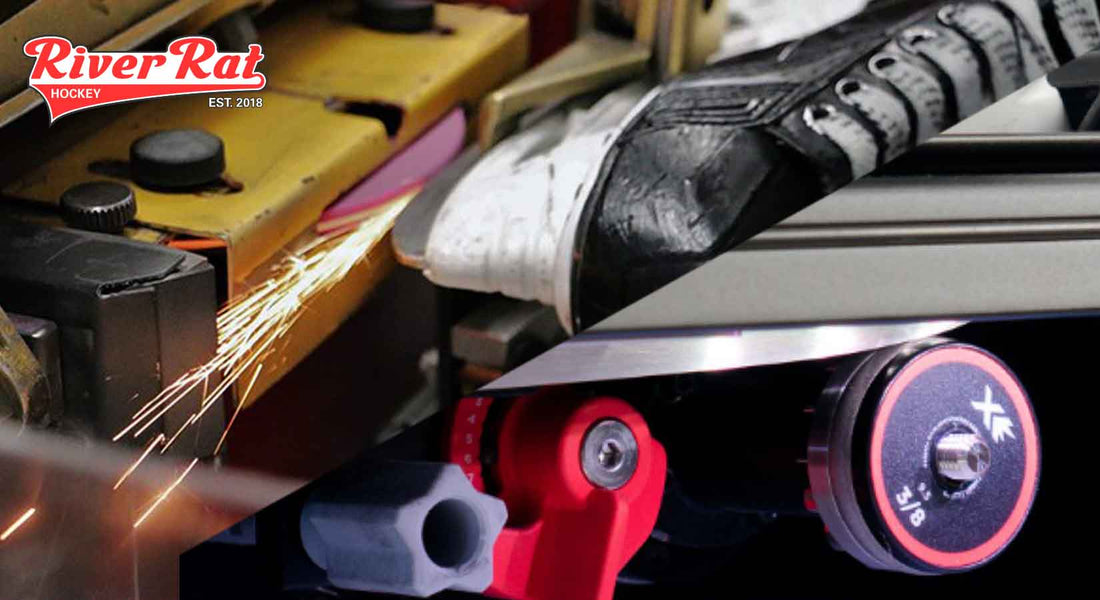So hear me out before we begin. I love that we now have machines that can sharpen skates to a higher degree of accuracy and efficiency while having the process be automated. In the same notion, we have to be careful that we don't get too lazy about maintaining those machines.
We are now starting to grow up in the age of automation and a hands off approach to many things in our lives. In regards to hockey the latest thing to be automated is the skate sharpener. The main company that comes to mind is the Sparx. The Sparx ES100 Skate Sharpener comes in at around $900 before taxes and other accessories. $195 less than the Blade Master brand bench model used by many sharpeners.
But while you save early on, the cost resides in the maintenance of the Sparx machine. With the Sparx it's the grinding wheels and air filter. You get one free wheel with purchase, with each additional wheel costing around $60 per ring. In addition there is an air filter that needs to be replaces every 200 sharpens at $16 a piece. Roughly a $1.08 sharpen before factoring in the cost of the machine. So 3 wheels and 1 air filter per year is $196.
Sparx carries a 1 year or 10,000 cycle warranty. Not 10,000 sharpens, 10,000 cycles which makes a difference in a second. They do carry a 2 year / 20,000 additional cycle warranty (3 year / 30,000 cycle total) for $219 if you want to fork up that extra cash.
Cycles are important for this machine because 1 pass up and down a skate blade is considered 1 cycle for a machine. 4 cycles equals the average a Sparx machine needs to sharpen a blade.
So what would be the actual break down of cost for the Sparx vs a Blademaster Portable bench model? To note: A wheel on a Blademaster is much larger and can last an estimated 200 skate sharpens and requires no air filter.

(Cost average per sharpen at a rate of 1 sharpen per week for 1 year.)
So even if you know how to properly sharpen a skate, you could save an average of $2 - $3 per sharpen or $104 - $156 per year doing them by hand. Which is a significant cost savings. Sparx factors in multiple time factors including driving, waiting, and sharpening time into their "cost savings" factor seen below.

(Cost average by Sparx on when you would break even with the Sparx Machine. Estimate calculated based on my current location and may reflect differently depending on your situation. From sparxhockey.com)
So the machine is too expensive? Not necessary. While the cost per sharpen is higher than a standard machine the main factors will be is there someone to sharpen the skates and how far you have to drive outside normal conditions to get skates sharpened. Sparx shares their own chart as well explaining the other "Costs" of getting skates sharpened.

(Image from sparxhockey.com)
Since they factor in driving time, distance, and costs of sharpen they say you can save an estimate of $600 over the lifetime and over $150 annually. They calculate a .15 cent/mile average and an average of $10 per hour to cover time cost (babysitters, meetings, work coverage, etc).
And for some their time may be more valuable. Also If you have multiple kids that play hockey in the household then the long term cost to savings ratio changes. Or you could even be a business that needs to do multiple skates at a time and having the Sparx could save time and earn extra money for the store.
With the exception of cross grinding (depending on if you do it once to shape the blade or prep the blade for every new sharp) the decision is up to you. Hand sharpening will still be necessary for years to come until they can refine the machines better and the cost drops on the machines themselves and even then people still have a preference on having skates hand sharpen.
The Sparx machine has it's place in the hockey community as a quick sharpen solution for those who's time is valuable to them. Also, with more hockey stores adopting the machine, skate sharpen times will drop dramatically for people waiting at the store.
Back to my original point about maintenance of the machines. Computerized sharpeners will always have more moving parts and things that can go wrong. If you do go the Sparx route, be sure to maintain the machine at the manufacture specs if possible and go over the machine every so often. Both Hand and Sparx machines require maintance but the likeliness of a Sparx failure will be much higher if not properly maintained.
Final notes: Both have a place in the modern age of hockey. Hand use machines tend to have more of a human touch while the Sparx has more reliability in a consistent sharpen. I'd love to see more shop run a mix of both to give a consistent mixture of the two ways to do skate sharpening.
-Mitchell

